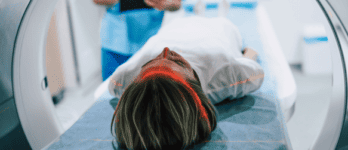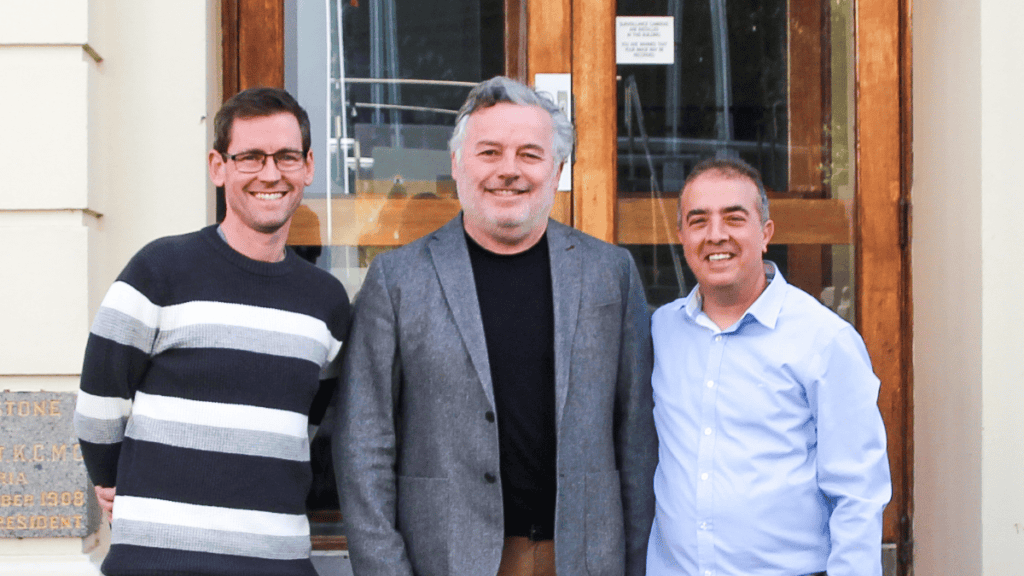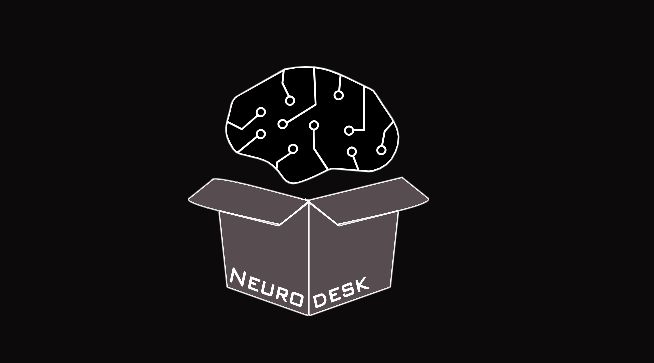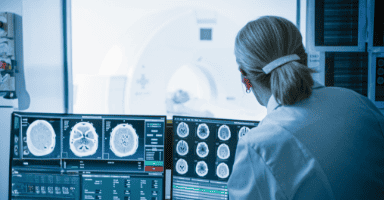
An ARDC-supported partnership has developed a revolutionary platform that is set to reshape the future of how we understand the human brain.
The Neurodesk platform is a game-changer for neuroimaging research, enabling accessible, flexible and reproducible analysis to unravel the mysteries of brain-related disorders such as epilepsy, dementia, Alzheimer’s, schizophrenia, depression and traumatic brain injury.
Brain research requires the analysis of massively detailed data sets generated by increasingly powerful techniques to measure brain structure and function. By enabling the efficient processing of extensive neuroimaging data, Neurodesk removes a significant bottleneck hindering deeper exploration of the complexities of the human brain.
The open-source platform is empowering scientists to accelerate research through faster processing and analysis of neuroimaging data. By making it easier to share data and analysis tools, it is also enabling researchers to work together on large-scale collaborative projects to tackle bigger questions and analyse larger datasets.

Enabling Impact
Neurodesk is at the core the ARDC-supported Australian Electrophysiology Data Analytics Platform (AEDAPT), an open, national platform for reproducible electrophysiology data analysis and sharing. It is a collaboration between Swinburne University of Technology, University of Queensland, University of Sydney, National Imaging Facility, Australian Brain Alliance as well as international partners including Oracle for Research, Harvard University, MIT, and University College London.
Neurodesk can be run on the ARDC Virtual Desktop Service hosted on the ARDC Nectar Research Cloud.
Dr Paul Coddington, Associate Director, Research Cloud and Storage, ARDC Nectar Research Cloud, said the Neurodesk platform makes it easy for researchers to use neuroimaging tools for desktop, high-performance computing, web, and cloud.
“The ARDC increased the capacity of the Virtual Desktop Service in October 2023 to provide up to 16 virtual cores and 32GB RAM, especially to accommodate Neurodesk applications that needed more memory.”
There are currently over 1000 individual users of Neurodesk across all compute platforms per month from over 60 countries.
Neurodesk is also coordinating with the ARDC-supported Australian Imaging Service (AIS), a national federation for securely managing and analysing imaging data.
Dr Adrian Burton, Deputy CEO and Director of People Research Data Commons, ARDC, said, “This successful ARDC partnership has already delivered significant research value and impact. And these new approaches to imaging data standardisation and analytics have informed the ARDC’s People Research Data Commons, where we hope to continue the collaboration at a broader scale.”

Empowering Scientists
Neurodesk is co-led by Dr Steffen Bollmann from the University of Queensland’s School of Electrical Engineering and Computer Science, who said the initiative would enable neuroimaging data from around the world to function seamlessly across different operating systems and browsers.
“By simplifying neuroimaging, fostering collaboration and empowering scientists to handle large datasets, this breakthrough not only advances our understanding of the healthy human brain but also sheds light on the intricacies of various brain disorders, promising improved diagnostics and treatments in the future,” Dr Bollmann said.
“Currently, researchers and clinicians use many different platforms that aren’t connected and are often only able to be understood with extensive technical expertise.
“Our team has introduced user-friendly tools and interfaces that simplify neuroimaging to provide a valuable resource for clinicians involved in brain imaging and related clinical applications.
“This accessibility ensures a broader range of researchers, including those without extensive technical expertise, can delve into the intricacies of human brain function to transform the landscape of brain-related healthcare and research,” Dr Bollmann said.
The Swinburne University lead and Director of Neuroimaging, Professor Tom Johnstone said, “Our platform makes a continuously expanding range of cutting-edge analytic techniques and software accessible to researchers across the world.”
“It allows researchers to leverage the most powerful supercomputers and cloud platforms on an individual researcher’s laptop, and is easy to install and update.”
Dr Oren Civier, the cross-modality analysis lead, added, “a crucial part of the platform is allowing distinct analysis tools, developed by universities across the globe, to work together smoothly. It gives scientists the ability to investigate a single brain through several imaging techniques (MRI, EEG, MEG), thus capturing the complexity of brain anatomy and function, and brain disorders.”
ARDC Contribution
The ARDC investment in the project was made under the platforms program. ARDC took an active role in bringing together potential collaboration partners, facilitating conversations, and encouraging best software practices.
Dr Civier said “we are grateful to ARDC for having faith in our project. From a humble beginning as a hackathon project, we were able to build a vibrant and diverse community of users and developers.”
“The platform program application process required us to reach out to all stakeholders, consider their use cases, and importantly, listen. It helped us focus on the added value we can provide to users rather than being guided by technology alone.”
Join the Neurodesk community.
Neurodesk is an output of Australian Electrophysiology Data Analytics Platform (AEDAPT), which received co-investment (doi.org/10.47486/PL017) from the Australian Research Data Commons (ARDC). The ARDC is enabled by the Australian Government through the National Collaborative Research Infrastructure Strategy (NCRIS) to support national digital research infrastructure for Australian researchers.
This article is based on a media release from The University of Queensland and a media release from Swinburne University of Technology.
The study was published in the scientific journal Nature Methods and can be accessed by journal subscribers at doi.org/10.1038/s41592-023-02145-x. ARDC staff members Andy Botting and Jo Morris are also authors on the Nature Methods paper.
Author
Reviewed by
Categories
Research Topic
Related Program
Related Projects
Related News & Events
Related Case Studies






